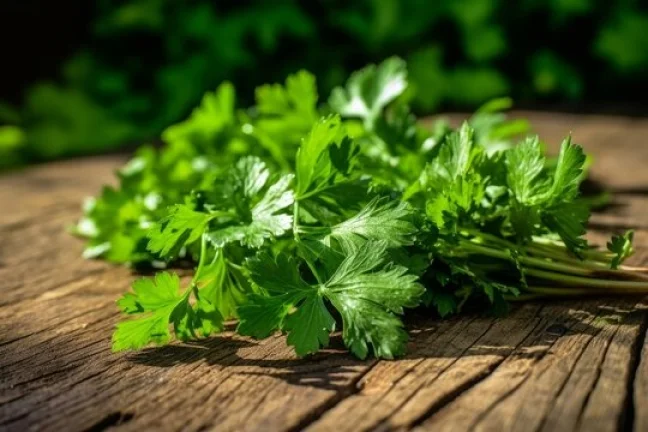Long coriander leaves, scientifically known as Eryngium foetidum, are a hidden gem in the realm of herbs and spices. While coriander itself is a well-known culinary herb, its long-leafed variety possesses a unique charm and a plethora of applications. In this comprehensive guide, we will delve deep into the world of long coriander leaves, exploring their origins, main components, culinary uses, traditional benefits, medicinal properties, and even where to find them for sale.
Origins of Long Coriander Leaves
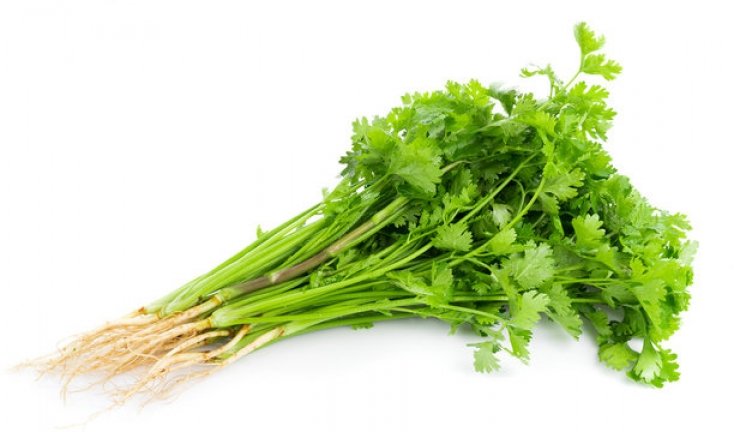
Long coriander leaves, also known as culantro, are native to tropical regions in Central and South America. This herb has a rich history, deeply rooted in traditional medicine and culinary practices of various cultures. Its distinct flavor and aroma make it a staple ingredient in many dishes, adding a unique twist to recipes around the world.
Main Components of Long Coriander Leaves
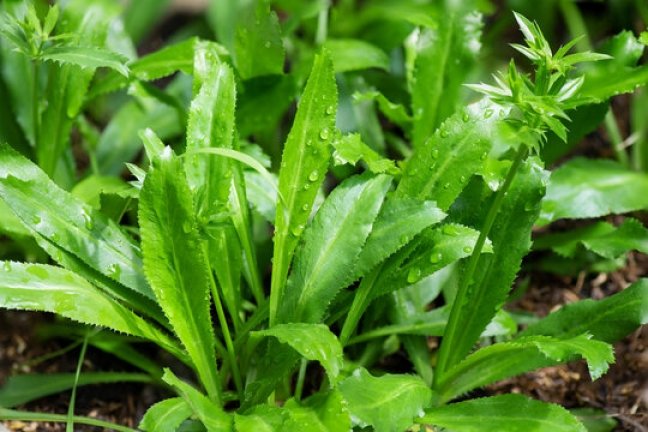
Long coriander leaves are special herbs used in cooking. They have a strong smell because of the oils inside them. These leaves are full of good things like vitamins and minerals.
For example, they have vitamins A and C, which are suitable for the eyes and the immune system. They also have minerals like calcium and iron, which help our bones and blood. Some people believe these leaves can help with problems like inflammation and infections.
The long coriander plant has oils inside its leaves, roots, and seeds. These oils have different things in them. In the leaves, there are aliphatic aldehydes, which are types of compounds. One crucial compound is E-2-dodecanol, which makes up 60% of the oil. There are also other compounds like 2,3,6-trimethylbenzaldehyde (10%), dodecanal (7%), and E-2-tridecenal (5%).
In the roots, the oil has different compounds, primarily unsaturated alicyclic or aromatic aldehydes. For example, 2,3,6-trimethyl benzaldehyde is 40% of the oil, and there are other compounds like 2-formyl-1,1,5-trimethyl cyclohexa-2,5-dien-4-ol (10%) and 2-formyl-1,1,5-trimethyl cyclohexa-2,4-dien-6-ol (20%).
The seeds have oils, too, with sesquiterpenoids (like carotol, 20%), phenylpropanoids (anethole), and monoterpenes (a-pinene). There are no aldehydes in the seed oil.
In cooking, we use these leaves in small amounts because they taste strongly. They make food more delicious. So, when you cook, you can add a little of these leaves to make your food taste better and give your body some good things.
Used Plant Part:
The long coriander plant has two kinds of leaves: some are round with up to 10 soft leaves, and others on the stems are smaller and more complex. The leaves around the flowers are tough and have a woody feel. These leaves are challenging to eat, except if you blend them into a puree.
Long Coriander Leaves Uses in Culinary
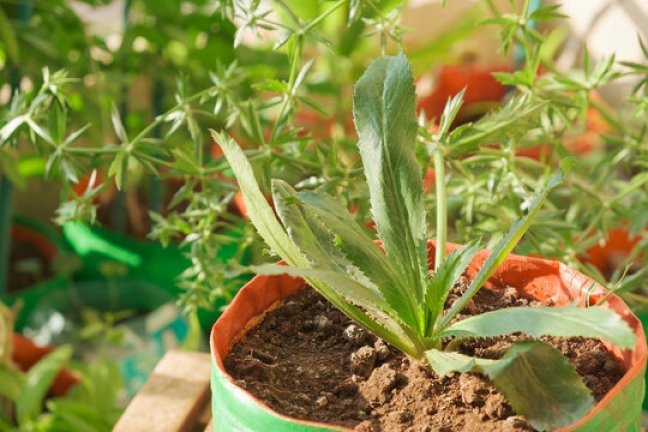
Long coriander leaves, or culantro, have a unique taste like a mix of parsley and cilantro. People use them in cooking in different ways:
- Flavoring Food: Long coriander leaves add taste to soups, stews, curries, and sauces. They make the food more delicious.
- Decoration: Cooks use fresh, long coriander leaves to make dishes look nice. They are placed on salads, sandwiches, and snacks to add color and flavor.
- Cooking Herb: Long coriander leaves are a primary herb in cooking, especially in Southeast Asian, Caribbean, and Latin American foods. They are essential in dishes like Caribbean green seasoning and Latin American chimichurri sauce.
- Base for Cooking: In many recipes, people cook long coriander leaves with onions, garlic, and spices first. This mixture gives an excellent taste to the rest of the dish.
- Traditional Food: Long coriander leaves are used in unique dishes like Thai green curry and Vietnamese soups. These dishes taste the way they should because of these leaves.
- Tea: Some people make tea from long coriander leaves. They think it has health benefits and it tastes good too.
- Saving for Later: Long coriander leaves can be dried or frozen. Dried leaves are used as a spice, while frozen leaves keep their fresh taste and can be used without thawing.
Remember, long coriander leaves are not the same as cilantro, although they taste similar. People use them in places where cilantro is rare.
Using Long Coriander Leaves in Your Cooking
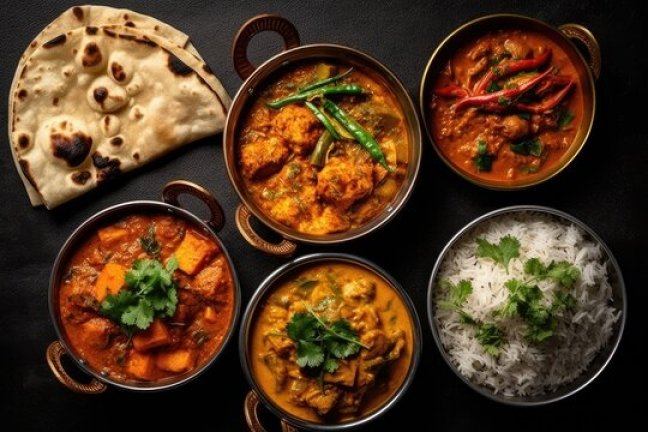
Long coriander leaves are a great addition to many dishes. You can use them in different ways:
- In Soups and Stews: Chop the leaves and put them in soups and stews. They make the food taste better.
- In Sauces and Marinades: Blend the leaves into sauces or marinades. They add a unique flavor. You can use them for dipping sauces or to marinate meat.
- With Meat and Seafood: Long coriander leaves go well with meat and seafood. You can use them when you cook these foods. They make the dishes taste solid and sound.
- With Vegetables: You can also use these leaves with vegetables. Whether cooking greens or stir-frying vegetables, adding these leaves gives the food a pleasant taste.
- In Different Kinds of Cooking: People use these leaves in many different types of cooking. It doesn’t matter if you are making old or new recipes; these leaves can make your food taste interesting.
Trying these leaves in your cooking can help you make your food taste better. You can use them in old recipes or try making new dishes. These leaves will make your food unique and delicious.
Traditional Uses and Benefits of Culantro
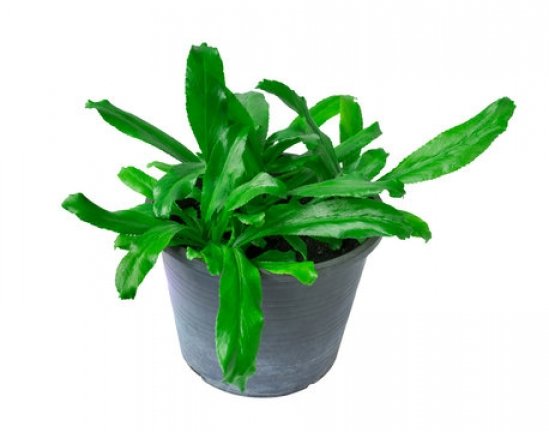
Long coriander leaves have been used in traditional medicine for a long time. People believe they have special powers:
- Anti-Inflammatory Properties: Some people think these leaves can reduce swelling in the body. When you have pain, these leaves help make it better.
- Antioxidant Effects: These leaves might protect your body from harmful things. They are like a shield that keeps you safe from the wrong stuff.
- Antimicrobial Effects: Long coriander leaves could help fight germs. Germs are tiny things that can make you sick. These leaves might stop them.
- Helping Digestion: Some cultures use these leaves to help with digestion. When your tummy hurts, or you feel full, these leaves might help you feel better.
- Boosting the Immune System: Your immune system helps your body fight off sickness. Some people believe that eating these leaves can make your immune system stronger.
- Promoting Overall Well-Being: Using these leaves might make you feel better. They could help your body work as it should, so you feel good overall.
People in many places use these leaves to help with health problems. They think these leaves are like magic because they can help your body in different ways.
Health Benefits of Long Coriander Leaves
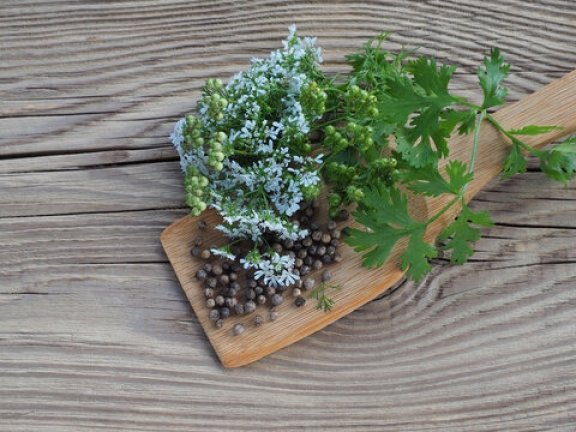
Long coriander leaves offer several health benefits that can improve your well-being and overall health. Let’s explore these benefits in detail.
Rich in Nutrients:
Long coriander leaves are packed with essential vitamins and minerals. These nutrients are like tiny helpers that keep your body strong and healthy. When you eat these leaves, you’re giving your body the tools it needs to work correctly.
Supports Digestive Health:
These leaves are suitable for your tummy. They can help you digest food better, making your stomach feel comfortable. When you have a meal, your body has to process the food, and these leaves make this process easier.
Boosts Immune System:
Your immune system acts as a shield, safeguarding you from illnesses. Long coriander leaves can make this shield stronger. If your immune system is robust, you’re less likely to become ill. And if you do, you might get better faster.
Fights Harmful Germs:
Sometimes, tiny germs can make you sick. Long coriander leaves have special powers to fight these germs. They act like warriors, protecting your body from harmful invaders.
Reduces Inflammation:
Inflammation is when parts of your body become red, swollen, or painful, especially when you’re hurt or sick. Long coriander leaves can help reduce this Inflammation, making your body feel better.
Provides Antioxidant Protection:
Antioxidants are like bodyguards for your cells. They protect your body from harmful things called free radicals. Long coriander leaves have antioxidants, which can keep your body safe from these destructive elements.
Aids in Relaxation:
Sometimes, you might feel stressed or anxious. Long coriander leaves can help you relax. When you’re relaxed, you feel calm and peaceful, which is good for your mental health.
Eliminate Bad Breath
Long coriander leaves can help make your breath smell better. Just chew these leaves, and your mouth will feel fresh and clean, preventing bad breath.
Lowers Glucose
Eating long coriander leaves might help control your blood sugar levels. This is especially important for people with diabetes. Regularly eating these leaves can keep your glucose levels stable.
Asthma:
In some cultures, long coriander leaves have been used to ease asthma symptoms. They might not replace medical treatment but could provide some relief due to their anti-inflammatory properties.
Pain Relief
Long coriander leaves can help reduce pain. Including them in your diet might make your body feel better, especially if you have mild aches and pains.
Prevents Neurological Inflammation
Some studies suggest that compounds in long coriander leaves reduce inflammation in the brain. This could be good for your brain’s health, helping to keep it working well.
Detoxification
Long coriander leaves can help your body get rid of harmful substances. Eating these leaves might help your body clean itself naturally.
Remember, these leaves are natural medicines that help your body stay strong and healthy. When you eat them, you’re giving your body a gift that keeps you feeling good.
The Nutritional Advantages
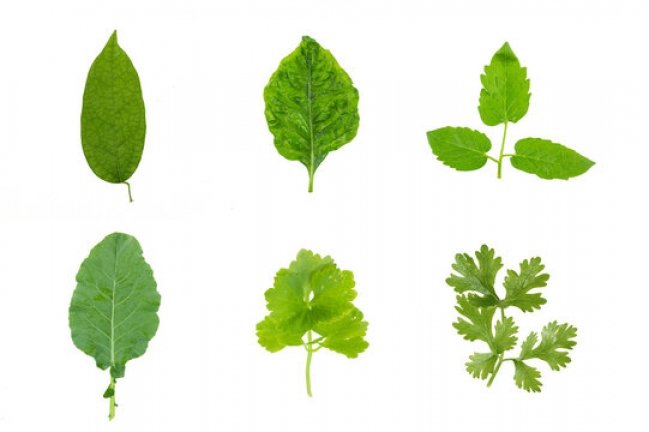
Long coriander leaves are perfect for your health because they have many essential nutrients.
They contain vitamins A, B, and C, acting as essential helpers for your body. These vitamins keep your eyes, skin, and immune system strong and healthy.
These leaves also have minerals like calcium and iron. Imagine calcium building your bones and teeth, making them strong. Iron is like a tiny worker inside your body, making sure you have the energy to play and do all the things you love.
But that’s not all! Long coriander leaves also have special oils that can make you feel better when you’re not well. These oils have properties that can help your body heal naturally without needing lots of medicine. So, eating these leaves is like giving your body a big, healthy hug!
Medicinal Uses of Long Coriander Leaves
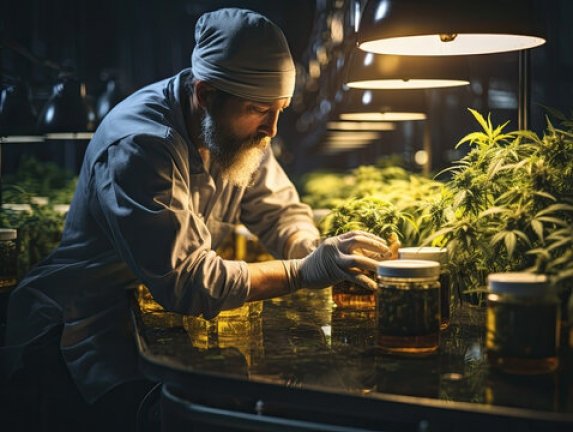
Long coriander leaves, or Mexican coriander, have particular uses in traditional medicine. People from different places believe these leaves are helpful for the body. They contain oils, vitamins, and other good things. Here are some ways they can be used:
- Helps Digestion: These leaves can make your stomach feel better if it’s upset. They help with common problems like bloating.
- Reduces Swelling: If your body feels swollen and painful, these leaves help because they can reduce swelling.
- Suitable for the Heart: These leaves might make your heart healthier. Regularly eating them can prevent heart problems.
- Cleans the Body: These leaves can cleanse your body by removing bad things. They help the body get rid of harmful stuff.
- Fights Germs: These leaves can fight harmful germs inside your body.
- Relaxing Tea: People make tea from these leaves. This tea can make you feel calm and happy.
- Helps Heal Wounds: People sometimes use these leaves on cuts or hurts. They think it helps the hurt area get better.
Remember, it’s a good idea to talk to a doctor before using these leaves as medicine. Everyone’s body is different, and a doctor can tell you what’s safe and sound for you.
Long Coriander Leaves for Sale: Where to Find This Culinary Marvel
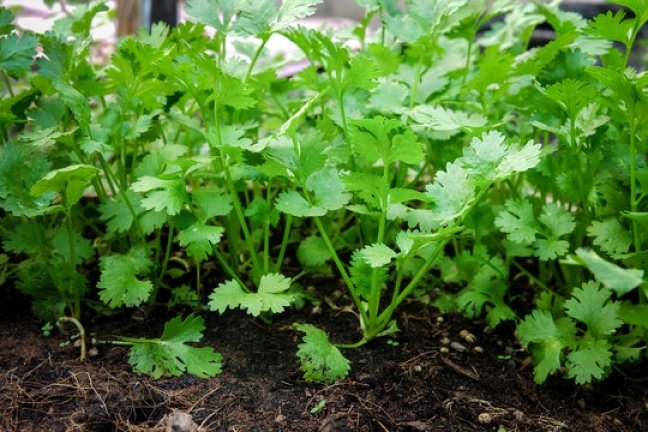
Long coriander leaves are widely available in local markets, especially in regions where they are a staple ingredient. Additionally, online platforms and specialty grocery stores offer the convenience of purchasing this herb from the comfort of your home. When buying long coriander leaves, ensure they are fresh and vibrant, guaranteeing the best flavor and nutritional value.
Frequently Asked Questions About Long Coriander Leaves
1. What is the best way to store fresh long coriander leaves?
Ans: To prolong their freshness, wrap long coriander leaves in a damp paper towel and store them in an airtight container in the refrigerator. Use them within a week for optimal flavor.
2. Can long coriander leaves be dried for later use?
Ans: Yes, long coriander leaves can be dried for long-term storage. Spread the leaves in a single layer and air dry them in a cool, dark place. Once completely dry, store them in an airtight container away from heat and light.
3. Are there any specific dishes where long coriander leaves are a must-have ingredient?
Ans: Long coriander leaves are a popular addition to Caribbean, Latin American, and Southeast Asian cuisines. They are often used in dishes like sofrito, green seasoning, and various soups and stews.
4. Can I use long coriander leaves as a cilantro substitute?
Ans: While long coriander leaves share a similar flavor profile with cilantro, they are distinct herbs. While they can be used interchangeably in some recipes, it’s essential to consider their unique taste when substituting one for the other.
5. What are some unique recipes that showcase the flavor of long coriander leaves?
Ans: Long coriander leaves can be featured in dishes like culantro pesto, Caribbean green seasoning, and Thai larb. These recipes highlight the herb’s robust flavor and aromatic qualities, allowing you to savor its unique taste.
Conclusion: Embrace the Richness of Long Coriander Leaves
Long coriander leaves, with their captivating flavor and numerous applications, have earned their place in the culinary world. From traditional remedies to modern gastronomy, this herb continues to enchant chefs and food enthusiasts alike. By understanding its origins, main components, culinary uses, and health benefits, you can fully appreciate the richness that long coriander leaves bring to your table. So, embark on a culinary adventure and explore the diverse and delightful world of long coriander leaves today.

